Summary:
1. Car Alignment: Open or Pinched
2. Wheel Alignment Adjustments and Constraints
2.1 Front Wheel Alignment
2.2 Rear Wheels: Consequences of Parallelism
2.3 Difference Between Traction and Propulsion
3. Car Alignment: A Notion of Compromise
4. Causes of the Wrong Alignment of Your Car
5. Wrong Car Parallelism: What Are the Consequences?
Intro
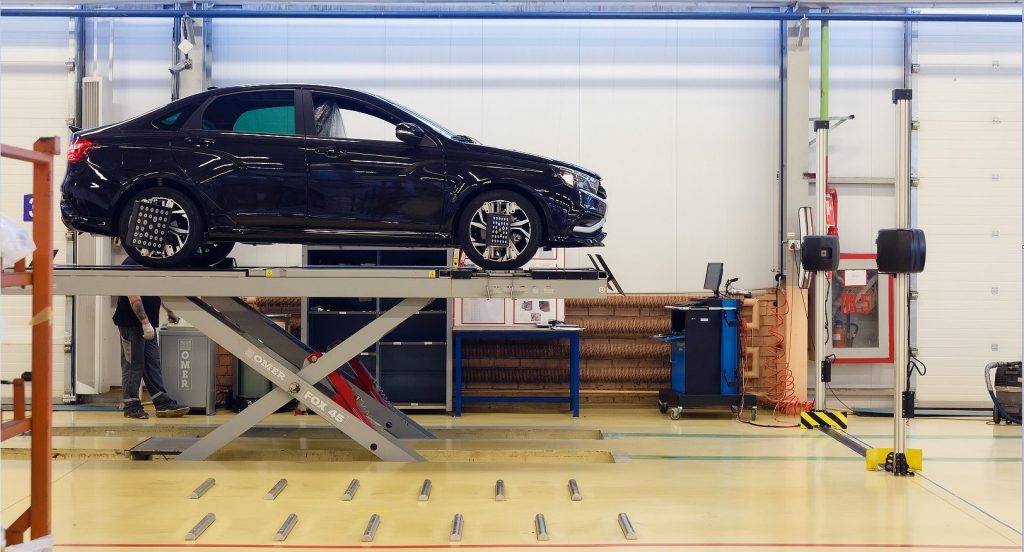
Wheel alignment or car parallelism is one of the concepts involved in the adjustment of a vehicle’s suspension geometry. In contrast to camber, which evaluates the angle formed by the wheels in relation to the ground (front view), parallelism is the angle formed by the axis of the wheels in relation to the direction of travel of the vehicle (top view).
It is measured independently for the front and rear wheels. It is expressed in degrees or millimeters and generally represents a deviation of between 0,2 and 1,5 mm per wheel (obtained by subtracting the distance between the front of the two wheels from the distance between the rear of the two wheels). Even if the measurement seems small, it is an adjustment not to be neglected since it can lead to pronounced mechanical stress, driving discomfort, and asymmetrical tire wear. Explanations below.
Please note: This can be done by hand; it is checked with a string encircling the four tires to measure alignment deviations. Professionals use pre-calibrated benches or laser beam meters.
1. Car Parallelism: Open or Pinched
Positive parallelism indicates that the wheels are pinched inward (as in snowplow position with skis). Conversely, negative parallelism indicates that the wheels are open (duckwalk):
- On independent suspensions, it is quite possible to have an alignment asymmetry between two wheels of the same axle.
- While this may be intentional for a competition car, on a common use vehicle it is mechanical wear to be corrected.
2. Alignment Adjustments and Constraints
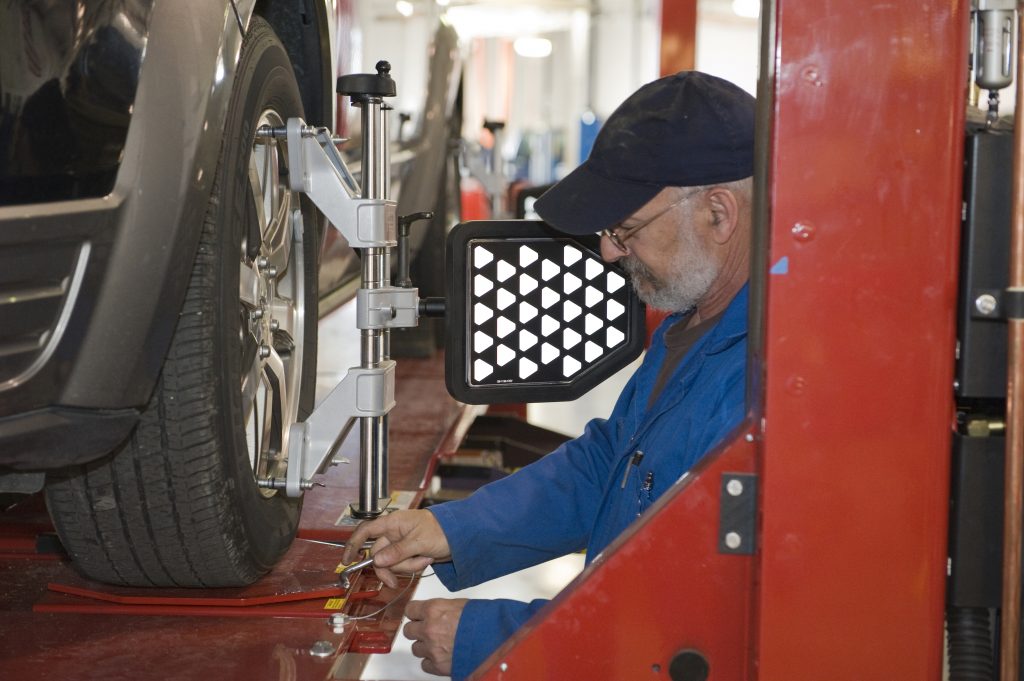
Generally speaking, neutral parallelism would see the four wheels parallel to each other. This adjustment does not cause any loss of power or premature mechanical (or pneumatic) wear:
- On a pinched (positive) alignment, the two wheels force towards each other and therefore wear the tire on the outside.
- Whereas an open (negative) alignment causes the wheels to pull away from each other and wears out the inside of the tires.
2.1 Front Wheel Alignment
Pinched parallelism creates an inward thrust:
- It gives more stability at high speeds but makes the vehicle less directional.
- Open parallelism gives more incisive steering but with less stability at sustained speed.
- It also puts more stress on the steering mechanics (ball joints and rack and pinion).
2.2 Rear Wheels: Consequences of Parallelism
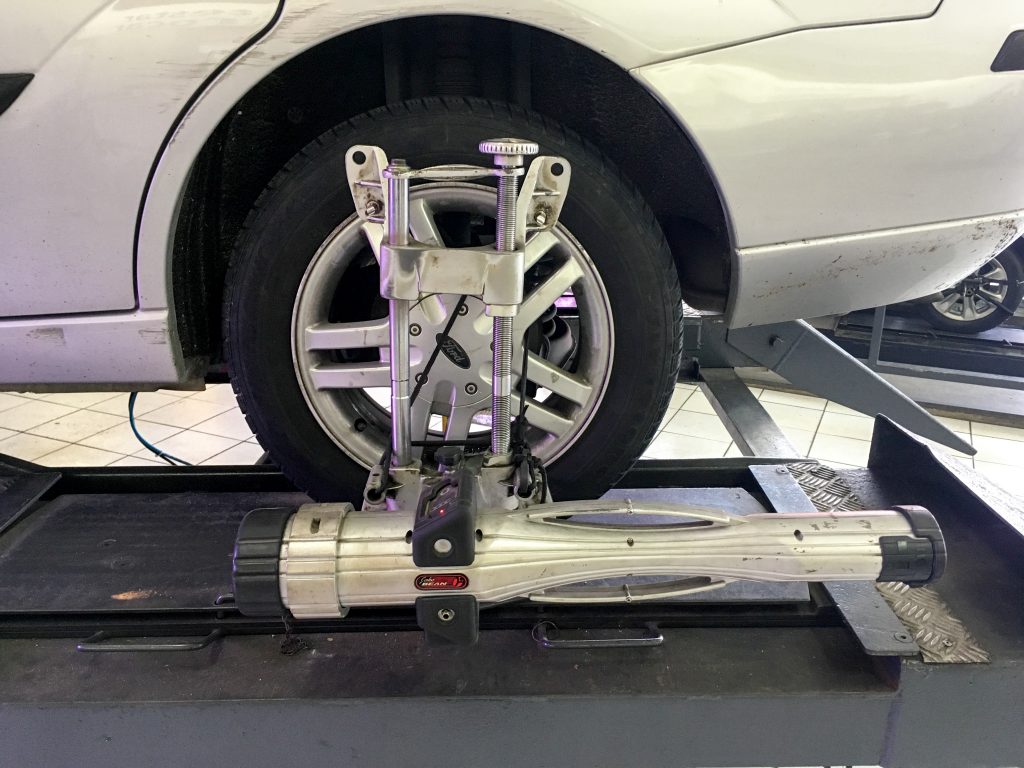
Pinching the rear wheels gives even more stability but may promote understeer (front of the vehicle skidding), especially if coupled with a pinched front wheel alignment.
Opening the rear wheel alignment gives more agility but makes the vehicle oversteer (the rear of the vehicle is skidding).
2.3 Difference Between Traction and Propulsion
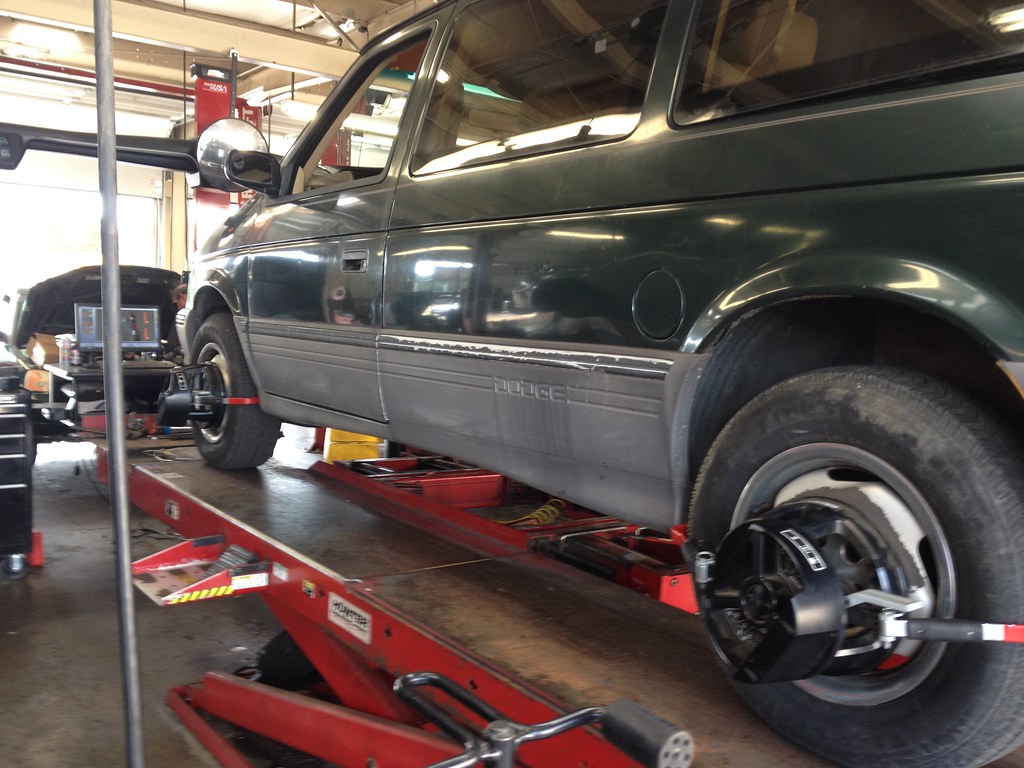
As a reminder, traction is a vehicle whose driving wheels are at the front while they are at the rear for a car with a propulsion system:
- In both cases, when accelerating, the drive wheels will tend to pinch (because of the torque that pulls the wheels forward while they are held by the suspension arms).
- The non-driven wheels of a traction drive, at the rear, have a relatively neutral behavior.
- The non-driven wheels of a propulsion drive, at the front, undergo much more load transfer and will tend to open under acceleration.
- In addition to being relieved under acceleration, the front wheels of a rear-wheel-drive system will be made very directional but relatively unstable, unlike the rear wheels of a rear-wheel-drive system, which receive more load under acceleration and therefore more grip.
This post will now continue in part 2. Stay posted, and remember to leave your comments below.

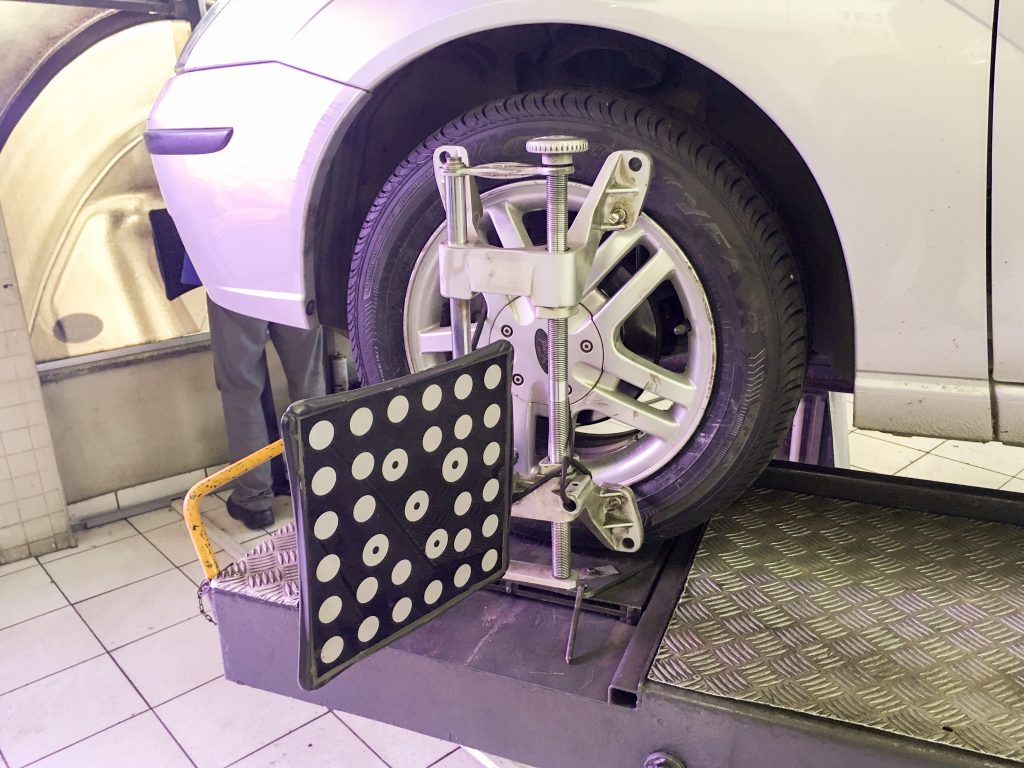

5 thoughts on “A Complete Guide to Wheel Alignment (Part 1)”